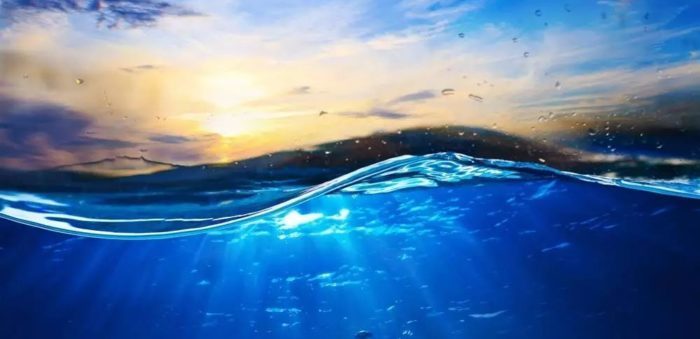UN Environment and the European Commission will cooperate through the 2018 Oceans Roadmap 2.0 to address the threats of pollution and marine litter, in line with UN Environment and EC international commitments and the implementation of ocean related Sustainable Development Goals.
The Roadmap 2.0 on Healthy, Productive and Resilient Oceans, visions a strong EC-UN Environment Partnership, able to support the conservation of marine biodiversity and ecosystems.
In the new roadmap, the European Commission and UN Environment reinstated their commitment to protect the world’s oceans and seas by:
- Addressing land-based sources to combat marine pollution. A staggering 8 million tonnes of plastic end up in the world’s ocean every year.
- Working through existing governance structures such as the Regional Seas Conventions and the Regional Fisheries bodies and other relevant organisations to share best practices and lessons learnt.
- Supporting healthy marine and coastal ecosystems, which can help strengthen capacity for sustainable fisheries.
- Contributing, at regional level, to the implementation of relevant targets and Sustainable Development Goals.
In addition, a recent report by UN Environment, examining the state of plastic pollution in 2018, finds a surging momentum in global efforts to address plastic pollution. The first-of-its-kind accounting finds plastic bag bans, if properly enforced, can effectively counter one of the causes of plastic overuse. The report also reveals that governments are increasing the pace of implementation and the scope of action to curb the use of single-use plastics.
[smlsubform prepend=”GET THE SAFETY4SEA IN YOUR INBOX!” showname=false emailtxt=”” emailholder=”Enter your email address” showsubmit=true submittxt=”Submit” jsthanks=false thankyou=”Thank you for subscribing to our mailing list”]
UN Environment has also drawn up a 10-step roadmap for governments that are looking adopt similar measures or improve on current ones. The steps are based on the experiences of 60 countries around the globe:
1. Target the most problematic single-use plastics by conducting a baseline assessment to identify the most problematic singleuse plastics, as well as the current causes, extent and impacts of their mismanagement.
2. Consider the best actions to tackle the problem (e.g. through regulatory, economic, awareness, voluntary actions), given the country’s socio-economic standing and considering their appropriateness in addressing the specific problems identified.
3. Assess the potential social, economic and environmental impacts (positive and negative) of the preferred short-listed instruments/actions. How will the poor be affected? What impact will the preferred course of action have on different sectors and industries?
4. Identify and engage key stakeholder groups – retailers, consumers, industry representatives, local government, manufacturers, civil society, environmental groups, tourism associations – to ensure broad buy-in. Evidence-based studies are also necessary to defeat opposition from the plastics industry.
5. Raise public awareness about the harm caused by single-used plastics. Clearly explain the decision and any punitive measures that will follow.
6. Promote alternatives. Before the ban or levy comes into force, assess the availability of alternatives. Ensure that the preconditions for their uptake in the market are in place. Provide economic incentives to encourage the uptake of eco-friendly and fit-for-purpose alternatives that do not cause more harm. Support can include tax rebates, research and development funds, technology incubation, public-private partnerships, and support to projects that recycle single-use items and turn waste into a resource that can be used again. Reduce or abolish taxes on the import of materials used to make alternatives.
7. Provide incentives to industry by introducing tax rebates or other conditions to support its transition. Governments will face resistance from the plastics industry, including importers and distributors of plastic packaging. Give them time to adapt.
8. Use revenues collected from taxes or levies on single-use plastics to maximize the public good. Support environmental projects or boost local recycling with the funds. Create jobs in the plastic recycling sector with seed funding.
9. Enforce the measure chosen effectively, by making sure that there is clear allocation of roles and responsibilities.
10. Monitor and adjust the chosen measure if necessary and update the public on progress.
Finally, during the 20th Summit between the European Union and China, on 16 July, the two parties signed an ocean partnership agreement. EU an China will cooperate to improve international governance of the oceans in all its aspects, including by combating illegal fishing and promoting a sustainable blue economy.






























































